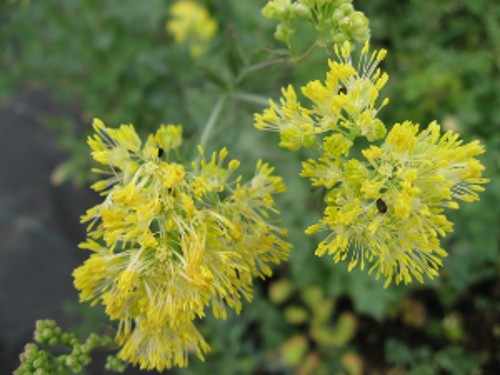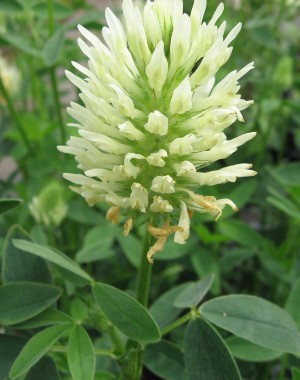A Little Colourful Latin Learning - Yellow
Many Latin epithets are used to describe a plant’s colour. Since ancient Romans obtained their dyes from natural sources, (including plants, animals, marine creatures and insects), colours like shades of red and yellow, which could be easily produced, thus had plentiful names. Dyes which were harder to produce, like blues and greens had fewer names and there are also not many classical names for greys or browns.
In this article we will focus on names for yellow which command a large number of descriptive Latin epithets. To make his or her life easier the gardener should remember that Latin names beginning with flav- mostly indicate yellow of some kind.
Thus, we have Aquilegia flavescens, (which is the yellow columbine). You may also encounter the terms flavens, flaveolus, flaveola, falveolum, flavidus, flavida and flavidum, which all mean yellowish.

For pure yellow the terms flavus, flava or flavum are often utilised. An example of this is found in the Glaucus Leaved Meadow Rue (Thalictrum flavum glaucum)
Other terms used for yellow are luteus, lutea and luteum. So, we find that Asphodeline lutea, Digitalis lutea, (left) Viola lutea and Saxifraga lutea all have yellow flowers.
Pale brownish yellow can also be described with the descriptive epithets, luridus, lurida and luridum. This is a term used to describe a colour that is sallow or somewhat dingy.
Yellow plants are often described with the prefix xanth-. Xantocarpus for fruits, xanthochlora for greenish yellow and xanthorhizus for yellow roots.
Sulphurea, or sulphureum refers directly to flowers that are sulphur yellow such as Epimedium sulphureum.



Lastly cream flowers are often described with the term ochroleucha. Thus, we find: Trifolium ochroleucha (above), and Scabiosa columbaria sub. Ochroleucha (below)

